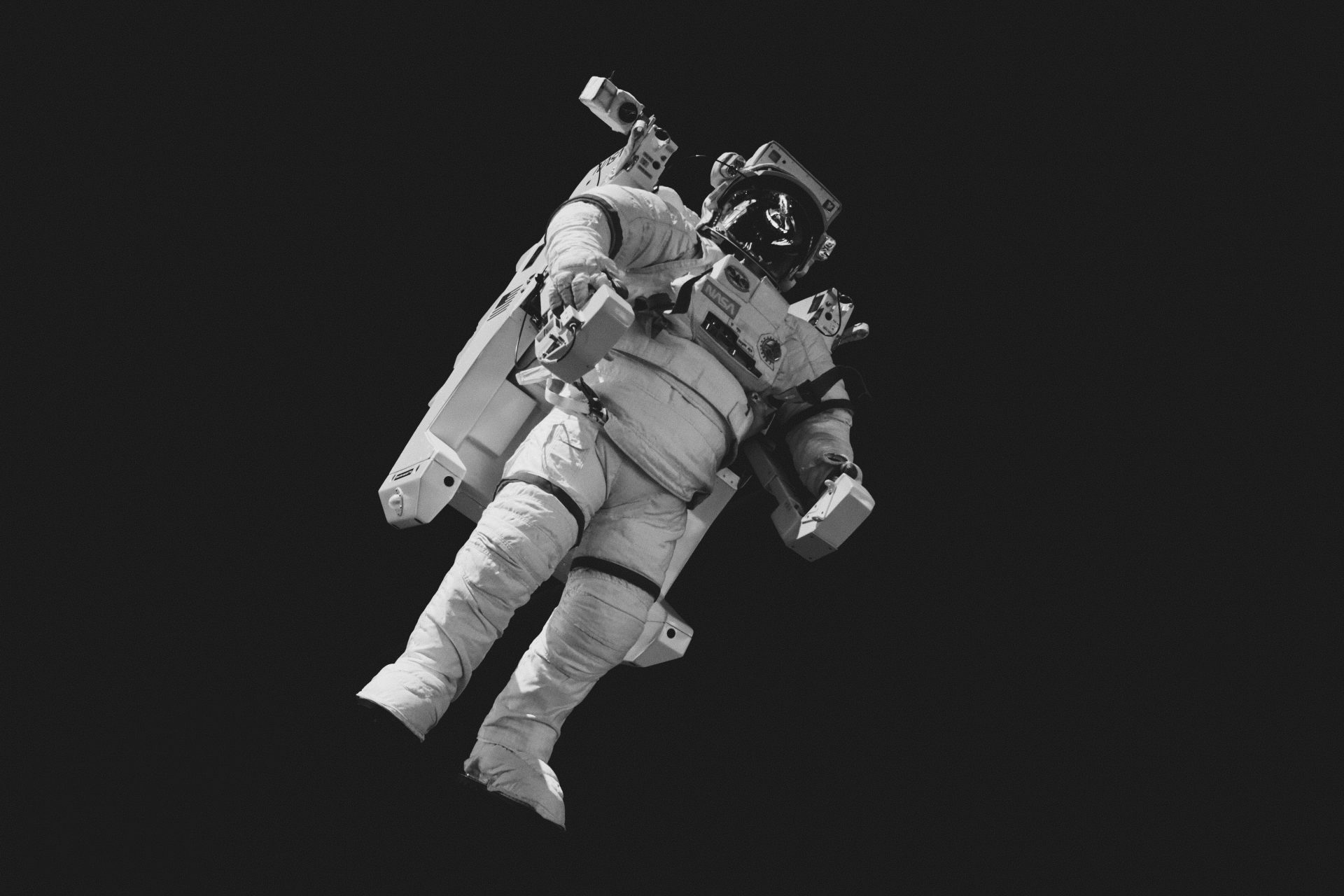The Space Race, a defining chapter of the 20th century, is a period that still evokes nostalgia and wonder. In the 1950s and 60s, the world was captivated by the fierce competition between the United States and the Soviet Union to dominate space exploration.
More Than a Geopolitical Rivalry
The Space Race inspired a collective American dream that involved reaching beyond the limits of our planet and into the vast unknown. For many, the Space Race represented the ultimate expression of human curiosity and innovation.
Families gathered around black-and-white televisions to watch rockets soar, with the iconic beeps of Sputnik echoing a new era. The launch of Sputnik in 1957 by the Soviet Union marked the beginning, but the American response was just as bold. NASA, formed in 1958, quickly became a symbol of American ingenuity.
The Race to Put a Man on the Moon
The United States and the Soviet Union entered a two-country race to become the first nation to put a man on the moon.
The crowning achievement came in 1969, when American astronaut Neil Armstrong became the first person to set foot on the moon, uttering the famous words, “That’s one small step for man, one giant leap for mankind.”
It was a moment that transcended national boundaries, uniting people across the globe in awe of what humanity could achieve.
Impacting All of Pop Culture
The Space Race impacted science and technology, while leaving an indelible mark on pop culture. Science fiction boomed in the 1950s and 60s, with films, TV shows, and comic books imagining life among the stars. Kids played with toy rockets, dreaming of becoming astronauts, while families marveled at the possibility of space travel in their lifetimes.
Today, the nostalgia of the Space Race reminds us of an era when anything seemed possible, and the sky was no longer a limit. It was a time when humanity looked up, dreamt big, and reached for the stars.








